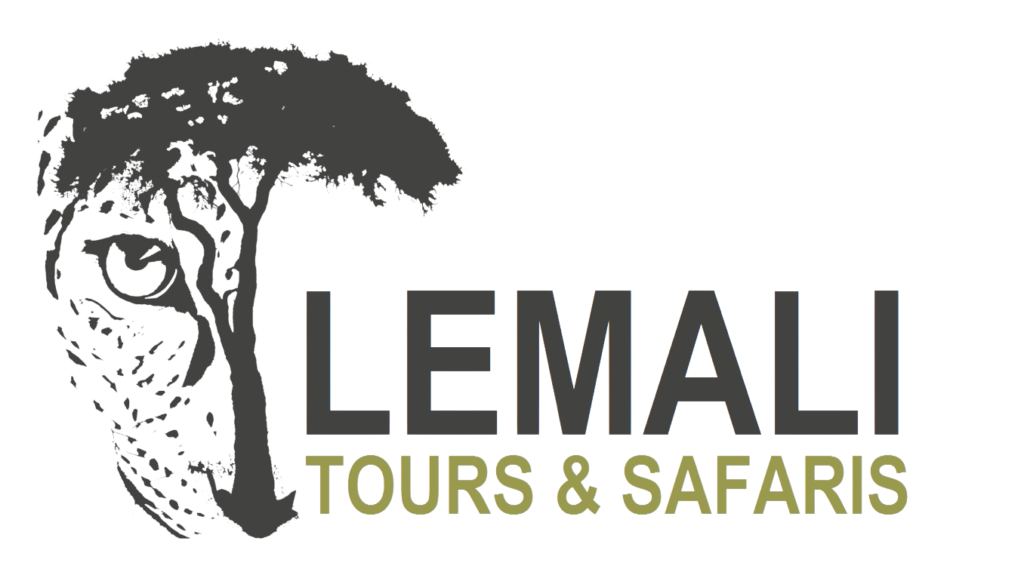Hiking and Adventures on Mount Kilimanjaro
Introduction
Mount Kilimanjaro, the highest peak in Africa, stands at an impressive 5,895 meters (19,341 feet) above sea level. Located in Tanzania, this majestic mountain is a dream destination for adventurers, hikers, and nature enthusiasts worldwide. Unlike other major peaks, Kilimanjaro is a trekking mountain, meaning climbers do not need technical climbing skills or mountaineering equipment. However, the journey to the summit is still a challenge that requires preparation, determination, and proper guidance.
Why Hike Mount Kilimanjaro?
Hiking Mount Kilimanjaro is an adventure like no other. Here are some compelling reasons why thousands of people attempt the climb each year:
- Breathtaking Landscapes – The trek takes you through five distinct climate zones, from lush rainforests to arid alpine deserts and finally to icy glaciers at the summit.
- Multiple Routes – There are various routes to choose from, catering to different skill levels and preferences.
- No Technical Climbing Required – While the climb is demanding, it doesn’t require technical mountaineering skills, making it accessible to anyone with good fitness.
- Wildlife and Flora – Kilimanjaro’s lower slopes are home to diverse wildlife, including monkeys, antelopes, and exotic birds.
- Cultural Experience – The local Chagga people, who inhabit the Kilimanjaro region, offer rich cultural insights and warm hospitality to visitors.
Best Routes for Climbing Kilimanjaro
Choosing the right route is essential for a successful and enjoyable climb. Here’s an overview of the main routes:
1. Marangu Route (Coca-Cola Route)
- Duration: 5-6 days
- Accommodation: Huts
- Difficulty: Moderate
- Highlights: The only route with hut accommodations, making it popular among trekkers who prefer more comfort.
2. Machame Route (Whiskey Route)
- Duration: 6-7 days
- Accommodation: Tents
- Difficulty: Challenging
- Highlights: One of the most scenic routes, offering stunning landscapes and excellent acclimatization opportunities.
3. Lemosho Route
- Duration: 7-8 days
- Accommodation: Tents
- Difficulty: Moderate to challenging
- Highlights: Considered one of the most beautiful routes, with fewer crowds and a higher summit success rate.
4. Rongai Route
- Duration: 6-7 days
- Accommodation: Tents
- Difficulty: Moderate
- Highlights: The only route approaching from the north, offering a unique perspective of the mountain.
5. Umbwe Route
- Duration: 5-6 days
- Accommodation: Tents
- Difficulty: Very challenging
- Highlights: A steep and direct route, ideal for experienced hikers looking for a tough challenge.
Best Time to Climb
The best months for hiking Mount Kilimanjaro are:
- January to March – Cooler with occasional snow at the summit, offering stunning views.
- June to October – The driest period, providing clear skies and excellent trekking conditions.
Preparation and Training
Hiking Kilimanjaro requires physical and mental preparation. Here’s how to get ready:
- Physical Training: Regular cardiovascular workouts, strength training, and endurance-building hikes.
- Gear and Equipment: Proper hiking boots, layered clothing, a sleeping bag, and other essentials.
- Acclimatization: Gradual ascent routes help with acclimatization and increase the chances of a successful summit.
- Hydration and Nutrition: Staying hydrated and consuming energy-rich meals is crucial for maintaining stamina.
The Kilimanjaro Experience
Every climber’s experience on Kilimanjaro is unique, but most treks follow a similar pattern:
- Starting in the Rainforest: The journey begins with a trek through lush rainforests filled with towering trees and wildlife.
- Ascending Through Moorlands and Alpine Desert: As the altitude increases, the vegetation changes to hardy shrubs and rocky landscapes.
- Reaching the Summit: The final push to Uhuru Peak is challenging but rewarding. The breathtaking sunrise from the top is an unforgettable sight.
- Descent: Descending is quicker and allows climbers to take in more of the scenery before returning to the base.
Conclusion
Hiking Mount Kilimanjaro is a life-changing adventure that offers both physical and emotional rewards. From the diverse landscapes to the thrill of standing on the Roof of Africa, this journey is truly one of a kind. Whether you’re an experienced trekker or a first-time hiker, with proper preparation and determination, you can conquer this legendary peak and create memories that last a lifetime.
Are you ready to take on the challenge? Contact Us and plan your lifetime Adventure with Lemali Tours and Safaris





